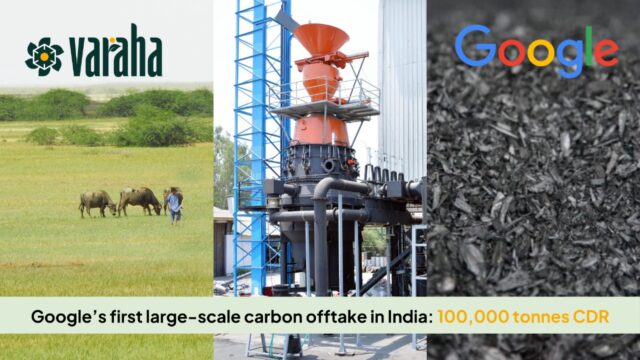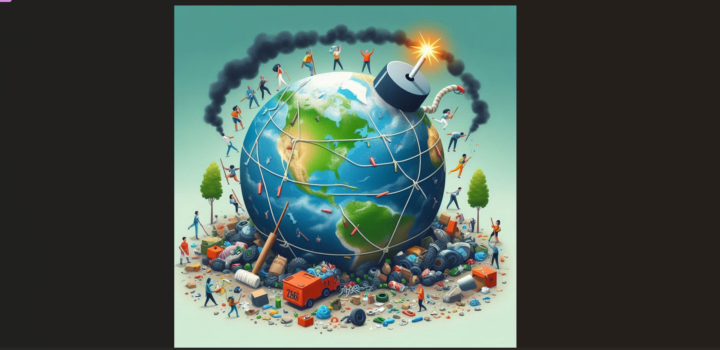Water scarcity in summer has become a common headline every summer. Very recently, Bengaluru, the tech corridor of India, faced severe water shortage for months together. In such times, people seek solutions not only to conserve this precious resource but also to maximize its current usage. One such underutilized resource is wastewater, whose potential remains largely untapped.
UF, UV, NF RO and electrocoagulation technologies, which enable these foundational processes, were practically invented in the mid to late 20th century. Fundamentally speaking, these core technologies have remained relatively constant. Instead, the conversation has turned to ways in which they can be made better and cheaper
Water treatment technologies have evolved significantly over the last few decades. UF, UV, NF RO and electrocoagulation technologies, which enable these foundational processes, were practically invented in the mid to late 20th century. Fundamentally speaking, these core technologies have remained relatively constant. Instead, the conversation has turned to ways in which they can be made better and cheaper.
Tried and tested methods of purification
- Reverse Osmosis (RO): Dating back to the 1970s and the early 1980s, RO’s unique processing methods have since become a standard approach to water purification. It pushes the water through a semipermeable membrane that filters out contaminants. Although RO is highly efficient, its energy intensity and relatively expensive maintenance costs have led to ongoing research activities for improved performance.
- Electrocoagulation: Similarly, electrocoagulation, a technology dating back to the 1960s and 1970s, has seen significant advancements aimed at improving its efficiency. This process uses electrical current to remove suspended solids, emulsified oils, and other contaminants from water. Modern enhancements have focused on reducing energy consumption and operational costs.
- Ultrafiltration and Nano Filtration: Filtration methods where the salts are not removed to a large extent by Various contaminants are removed, however the due to large scale implementations of RO technologies these technologies get lesser importance.
- Media and Resin Based water Treatment: Filtration using Special media filtration like Zeolites, different kinds of resin which can remove specific contaminants in the water has found its application hugely for softening and TOC (Total Organic reduction and various exchange of Ions.
New advances in wastewater treatment
The current wave of innovations in water treatment is centered on improving the efficiency of these established technologies. The goal is to match or exceed the price and quality of water currently available. Here are some of the promising advancements:
Graphene-Based Materials
Water purification: Graphene is a solid and conductive material with great potential. It has been shown to filter out pollutants in sewage treatment plants. However, the prohibitive price of graphene has prevented it from gaining market traction.
Multi-Walled Carbon Nanotubes (MCNT)
MCNTs are other advanced materials that have the capability to be used for water purification. These can improve durability and performance if coated on membranes and other materials of a water filtration system. To take a simple example, it is now widely known that MCNT change in the coating on a membrane allows for much slower degradation of such membranes, which means less frequent and cheaper replacements.
Forward Osmosis (FO)
Forward Osmosis, a technology being marketed by a few large companies, presents an alternative to the traditional RO process. FO uses natural osmotic pressure to draw water through a semipermeable membrane. This method could be more energy-efficient, though its high initial costs currently limit its broader application.
The Role of Instrumentation and IoT
Beyond material advancements, instrumentation and IoT (Internet of Things) are revolutionizing the water treatment industry. Modern systems equipped with IoT enable real-time monitoring of water quality and quantity. These systems can be controlled remotely, minimizing the need for on-site personnel and reducing operational costs. We have significantly reduced the cost of converting STP water to potable water by utilizing advanced pretreatment mechanisms and sophisticated membrane systems. We can monitor and control our processes remotely by leveraging IoT and AI, ensuring consistent water quality with minimal manual intervention.
Overcoming Implementation Challenges
Despite these technological advancements, the primary challenge in the water treatment industry still needs to be implemented. High costs and infrastructural limitations often hinder the commercial viability of new technologies. For instance, the cost of producing water using forward osmosis can be significantly higher than traditional methods, making it less attractive despite its efficiency benefits.
The infrastructure required to support these technologies must be robust and scalable. This is particularly challenging in regions where existing infrastructure is outdated or inadequate. Furthermore, the economic disparity in water pricing poses a significant challenge. For example, while innovative technologies might offer superior purification, their higher costs are difficult to justify in markets where municipal water is extremely cheap.
Future Directions
As we look to the future, several key areas hold promise for further advancements in water treatment technology:
Energy Efficiency
Reducing the energy consumption of water treatment processes remains a top priority. Innovations in membrane technology and energy recovery systems can be crucial in achieving this goal.
Cost Reduction
Continued research and development are essential to reduce the costs of advanced materials like graphene and MCNTs. Economies of scale and technological breakthroughs could make these materials more accessible and commercially viable.
Tech Advancements & Efficiency
The water treatment landscape is transforming, driven by technological advancements and a growing emphasis on efficiency. As we refine and develop these technologies, the potential to reshape water treatment infrastructure and address global water challenges becomes increasingly attainable. By integrating advanced materials, leveraging IoT, and focusing on cost-effective solutions, we can pave the way for a sustainable, water-secure future.

Guest contributor Vikas Brahmavar is the Founder of Boson Whitewater, a water utility company that converts wastewater into potable high quality water that can be used for household purposes, centralised air conditioning in commercial buildings, and even for drinking. The company was founded with an aim to change the way industries, IT Parks, malls, and apartment communities recycle their wastewater. Any opinions expressed in this article are strictly those of the author.












